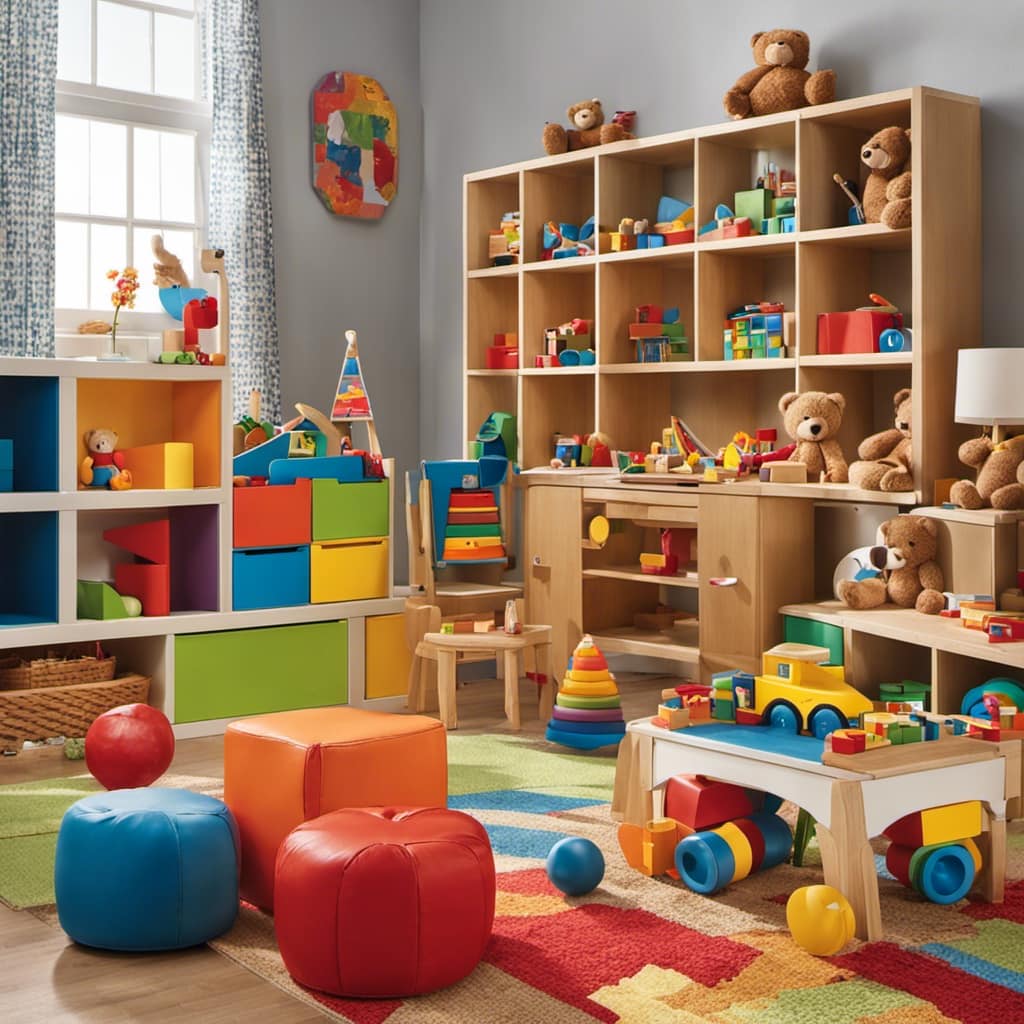To tame tantrums with brain-based strategies, focus on staying calm and modeling emotional regulation. Acknowledge your child’s feelings without judgment and use reassuring words to help them understand their emotions, which reduces intensity. Praise their efforts and reinforce positive behavior, building their internal motivation. After the storm, guide your child through reflection to develop self-awareness and healthier responses. By creating a supportive environment, you encourage emotional resilience—keep exploring these strategies to foster long-term growth.
Key Takeaways
- Use calm, reassuring language to validate children’s feelings and reduce emotional intensity during tantrums.
- Model emotional regulation through deep breaths and gentle speech to set a positive example.
- Reinforce emotional growth with praise when children express feelings appropriately or calm down.
- Reflect with children post-tantrum to identify triggers and teach alternative coping strategies.
- Create a supportive environment that emphasizes understanding brain development and consistent, non-punitive responses.

When your child throws a tantrum, it can feel overwhelming, but understanding how their brain works can make a big difference. Children are still developing their emotional regulation skills, which means they often struggle to manage intense feelings like frustration, anger, or disappointment. Instead of reacting with frustration yourself, try to see these moments as opportunities to guide your child through their emotional chaos. One effective approach is to focus on teaching emotional regulation rather than punishing the outburst. When your child is upset, acknowledge their feelings without judgment. Use calm, reassuring words to help them understand what they’re experiencing, which can help reduce their emotional intensity. Over time, this practice helps strengthen their ability to control impulses and manage emotions independently. Myelination plays a crucial role in this developmental process, as it enhances neural communication related to emotional regulation skills. Positive reinforcement plays a vital role in shaping your child’s emotional regulation skills. When they begin to calm down or express their feelings in a more appropriate way, praise and reward their effort. This isn’t about giving treats or material rewards but rather about recognizing their progress. Simple words like, “You’re doing a good job calming down,” or “I’m proud of how you’re talking about your feelings,” reinforce their efforts and motivate them to keep practicing these skills. Positive reinforcement helps your child associate healthy emotional expression with positive outcomes, making it more likely they’ll use these strategies in future situations. Consistency is key—by regularly acknowledging their progress, you create a safe space for growth and learning. Instead of focusing on immediate compliance, your goal is to teach your child how to navigate their emotions. During a tantrum, try to stay calm and model emotional regulation yourself. Take deep breaths, speak in a gentle voice, and avoid escalation. When the storm subsides, guide your child through reflection—discuss what triggered their feelings and explore alternative ways to handle similar situations next time. This approach encourages self-awareness and helps them develop the internal tools needed to manage their emotions effectively. Remember, tantrums are a normal part of childhood development, and your calm, consistent responses lay the foundation for healthier emotional habits.
Frequently Asked Questions
How Can I Prevent Tantrums Before They Start?
To prevent tantrums before they start, focus on fostering emotional regulation and using positive reinforcement. You can help your child recognize and manage their feelings early by offering calming strategies and validating their emotions. When they succeed in handling their emotions, praise their effort. This proactive approach builds their self-control and reduces triggers, creating a calmer environment and decreasing the likelihood of tantrums before they even occur.
Are Brain-Based Strategies Effective for All Children?
Think of your child’s brain as a garden that needs nurturing. Brain-based strategies help you plant seeds of emotional regulation and support healthy brain development. While they can be highly effective, every child’s garden is unique. Some may flourish quickly, while others need extra care. So, yes, these strategies often work well, but tailoring approaches to individual needs guarantees the best chance for success.
How Long Does It Typically Take to See Results?
You might wonder how long it takes to see results from brain-based strategies. Typically, progress in child development and emotional regulation varies depending on the child’s unique needs and consistency in applying these strategies. Some children show improvements within weeks, while others need several months. Patience and ongoing support are key. With regular practice, you’ll notice your child’s emotional regulation skills strengthening over time, leading to calmer, more balanced responses.
Can These Strategies Be Used in Public Settings?
Yes, you can use these strategies in public settings and social scenarios. They’re designed to be flexible, helping you address tantrums calmly without embarrassing your child or disrupting the environment. By staying patient and consistent, you can effectively manage behaviors in crowded places or social events. These brain-based approaches promote understanding and connection, making it easier to navigate challenging moments wherever you are, ensuring smoother outings and positive experiences for everyone involved.
What if My Child’S Tantrums Persist Despite These Methods?
If your child’s tantrums persist despite these strategies, focus on helping them develop emotional regulation and stay consistent as a parent. You might need to offer extra reassurance, remain calm, and avoid reacting emotionally. Remember, consistency is key; over time, your child will learn what to expect. Keep practicing these techniques patiently, and consider seeking additional support if tantrums continue, ensuring your child feels safe and understood.
Conclusion
Now that you’ve uncovered these brain-based strategies, imagine the possibilities when you implement them. What if these techniques not only quell tantrums but also strengthen your connection with your child? The real question is, are you ready to see how simple, effective changes can transform those challenging moments into opportunities for growth? The next step could change everything—are you prepared to take it? The secret to calmer days might just be one decision away.











